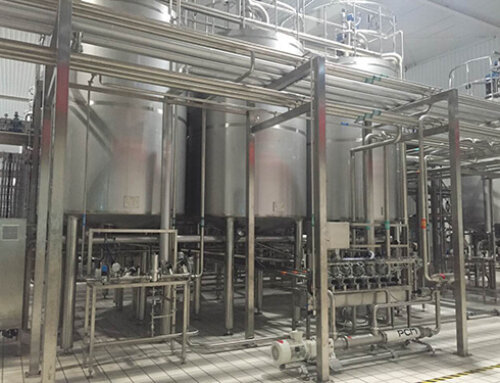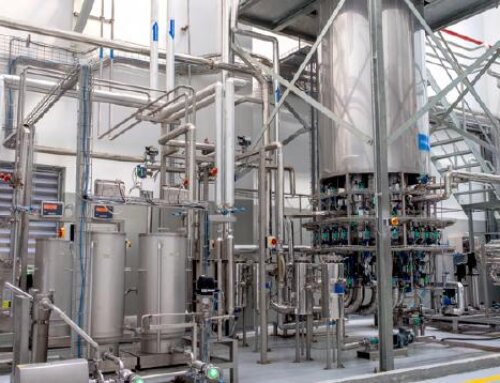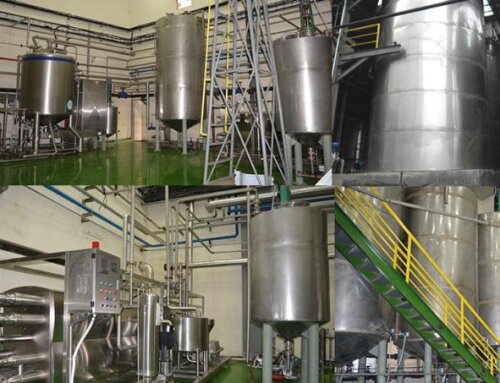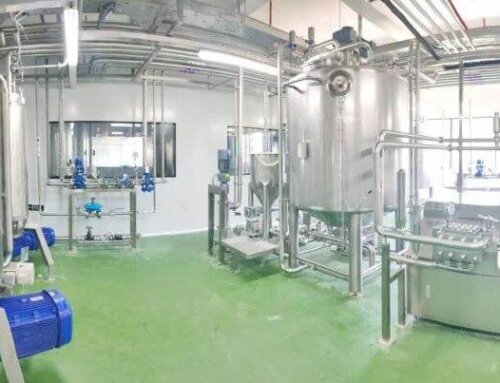Nutritional Value Of Yogurt
From a global perspective, yogurt is the fastest-growing dairy product and is the mainstream of today’s dairy product development and research. With the improvement of living standards, people’s demand for food has increased from nutrition and safety to health care function, and yogurt has received more and more attention and recognition due to its special nutritional value and healthcare function.
- After the fresh milk is fermented, the nutrients will change to a certain extent. The lactose contained in the milk is partially decomposed into galactose and glucose, and then converted into organic acids such as lactic acid. Lactose can be metabolized by microorganisms in the intestinal tract, thereby promoting the absorption of phosphorus, calcium, and iron.
- The yogurt after fermentation will turn milk protein into fine curd particles, which are easy to digest and absorb. In addition, many strains of lactic acid bacteria can release nutrients such as active enzymes and B vitamins to supplement the nutrients and vitamins necessary for the human body.
- Regulate intestinal microecology and inhibit the growth of harmful microorganisms. Lactic acid bacteria can inhibit the growth of harmful bacteria in the intestinal tract and reduce the incidence of intestinal diseases.
- Lower cholesterol and prevent cardiovascular disease. Lactic acid can reduce cholesterol levels in the blood, because lactic acid bacteria can absorb and multiply in the intestine, thereby interfering with the absorption of cholesterol by the small intestine wall.
Set Yogurt And Stirred Yogurt Difference
Set yogurt is yogurt that is fermented in a container and sold directly in the container, which is the so-called filling and then fermenting. The old-fashioned porcelain bottled and the glass bottled yogurt are basically set yogurt.
Stirring yogurt refers to a yogurt product stirring and mixing the ingredients and the yogurt which is after fermentation, then filling into a cup or other containers, and then cooling and cooking. Compared with ordinary yogurt, stirring yogurt has the characteristics of diversified taste and richer nutrition.
What is the difference between the two?
The production method is different
— The fermentation process of set yogurt is carried out in the packaging container, so that the finished product retains the curd state due to fermentation, and the texture is relatively thick.
— Stirring yogurt is firstly fermented and then filled into the bottle. After fermentation, and then fruit, jam, and additives are added in the yogurt. After stirring evenly, it is filled into the container, and the texture is relatively smooth and creamy.
The taste is different
— Set yogurt has a strong natural fermentation aroma and a more sour taste.
— Stirring yogurt has a variety of tastes due to the addition of fruit, jam and other ingredients, and the taste is also sweeter than that of set yogurt.

Yogurt Processing Ingredients Introduction
Raw milk
Most of the yogurt in the world is made of cow’s milk. For areas with insufficient milk sources, milk powder can also be used as the main raw material. The quality requirements for raw milk are that the acidity is below 18°T, the number of miscellaneous bacteria does not exceed 50,000 CFU/ml, the total milk solids content is not less than 11.5%, and the non-fat milk solids are not less than 8.5%.
Sweetener
The main purpose of adding sweeteners to yogurt is to reduce the unique sour taste of yogurt, so that the final product tastes softer and more acceptable to consumers. The most widely used sweetener in yogurt processing is sucrose, but adding too much sucrose will affect the fermentation time of yogurt. It is generally recommended that the amount of sucrose should not exceed 10%. 5% sucrose is added to the raw milk, and the rest of the sugar is mixed into the yogurt after fermentation. If you produce fruit-flavored yogurt, you can add sugar to the fruit materials.
Starter
The lactic acid bacteria starter used in yogurt are Streptococcus thermophilus and Bulgaricus. In addition to converting part of lactose into lactic acid during fermentation, lactic acid bacteria also produce some free amino acids and volatile fatty acids due to the activity of proteases. In addition, at the same temperature, the growth rates of different bacteria are also different. Therefore, the ratio of these two bacteria starters and the addition of other yogurt bacteria will directly affect the flavor and texture of the yogurt product.
Food Additives and Nutritional fortifies.
When producing yogurt with different flavors and textures, an appropriate amount of food additives such as stabilizers, flavors and fragrances and food colorings can be added.




